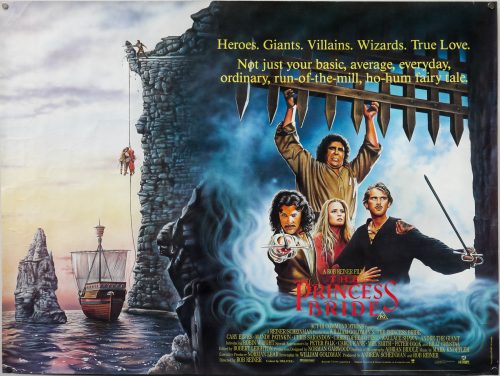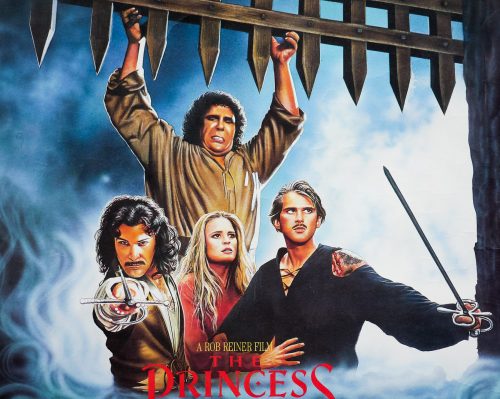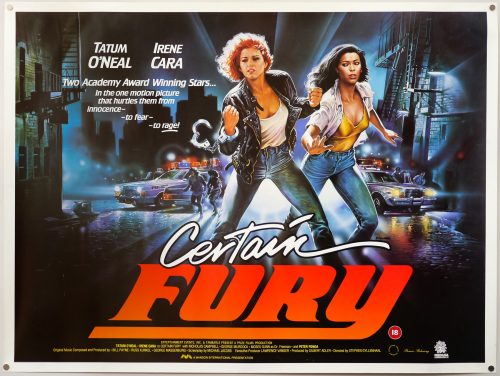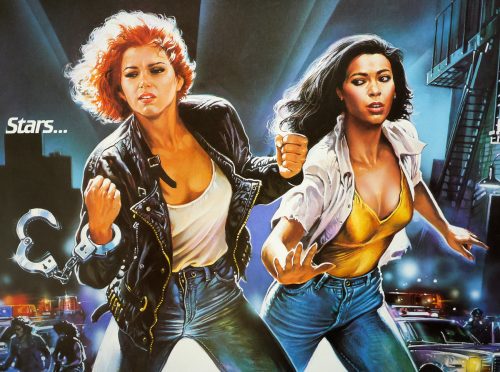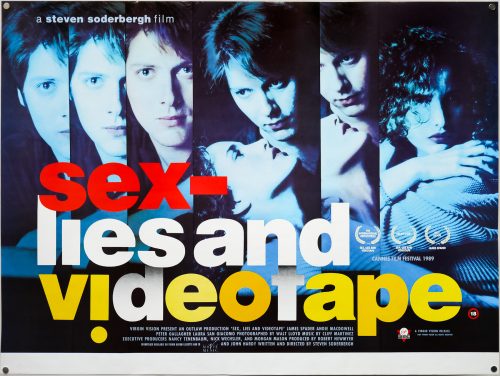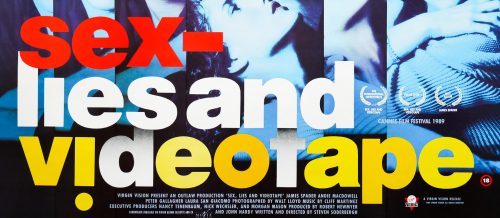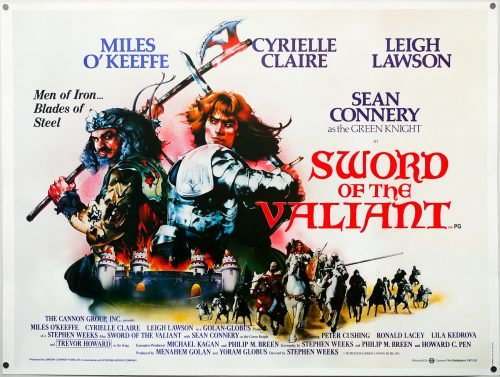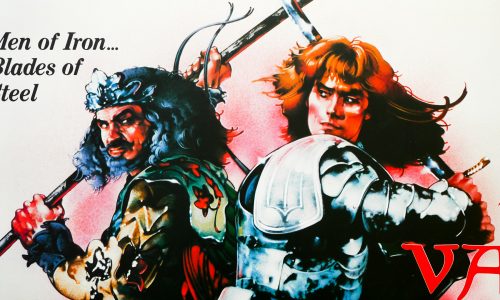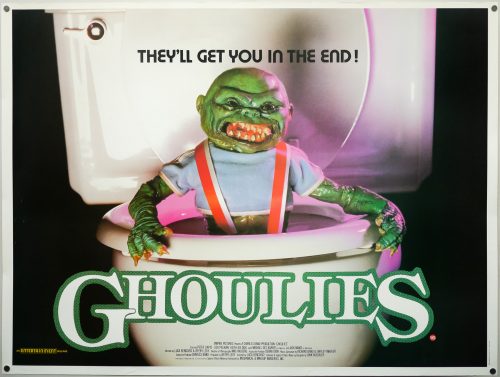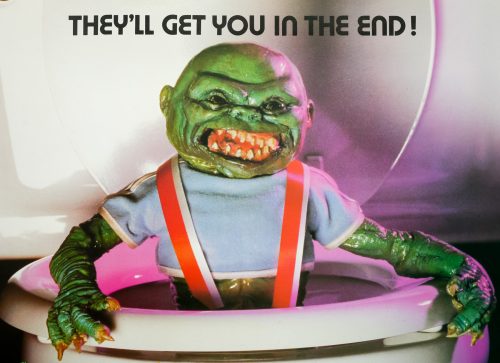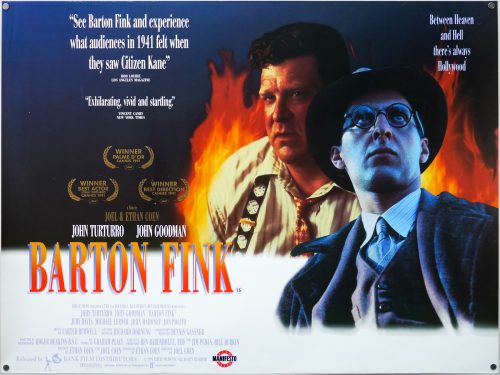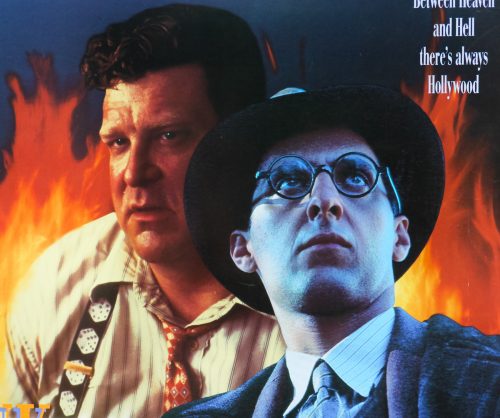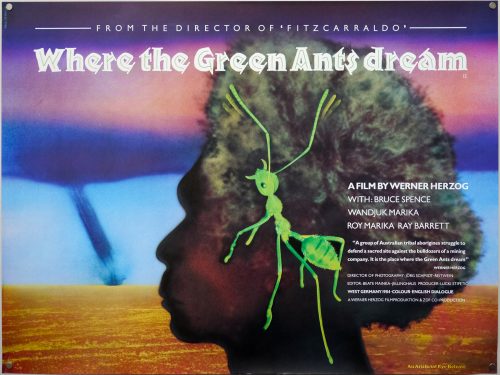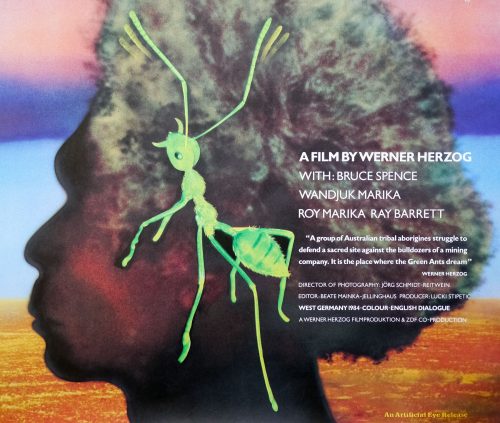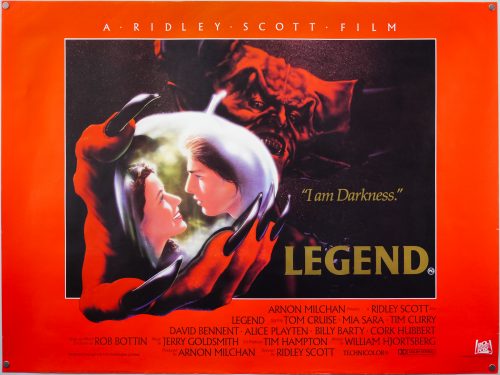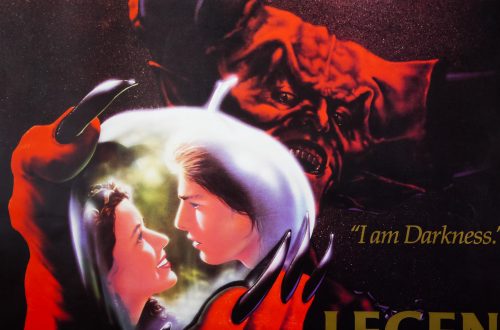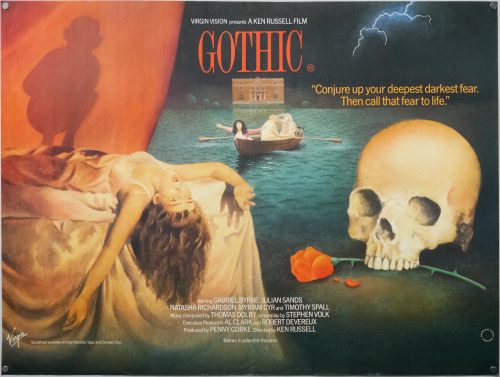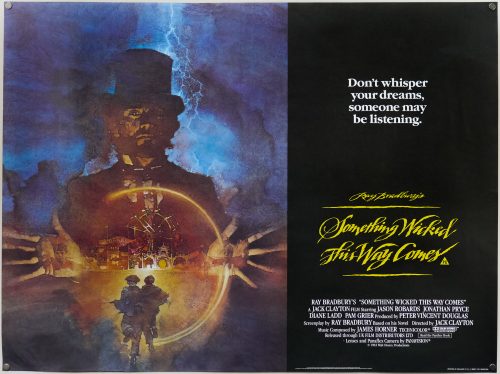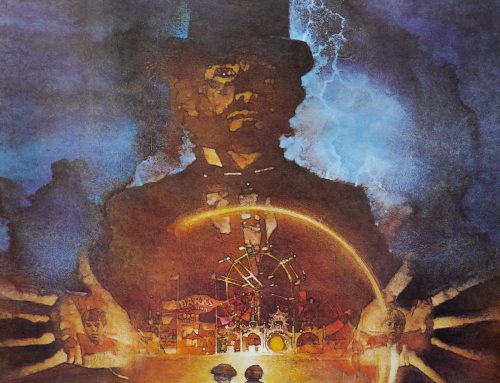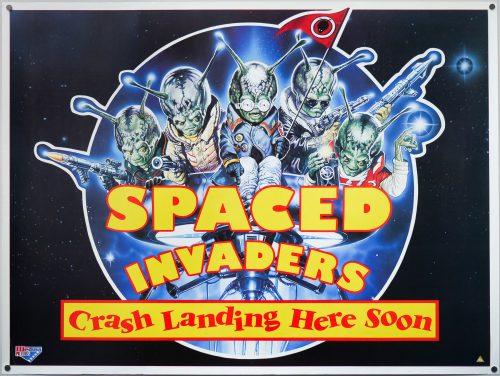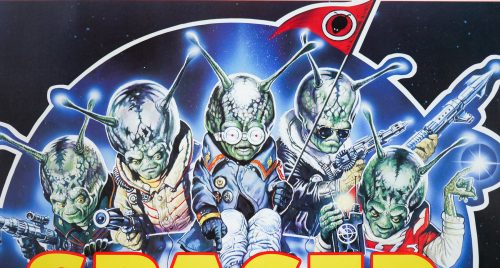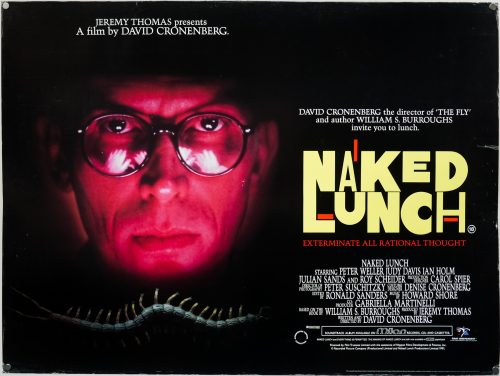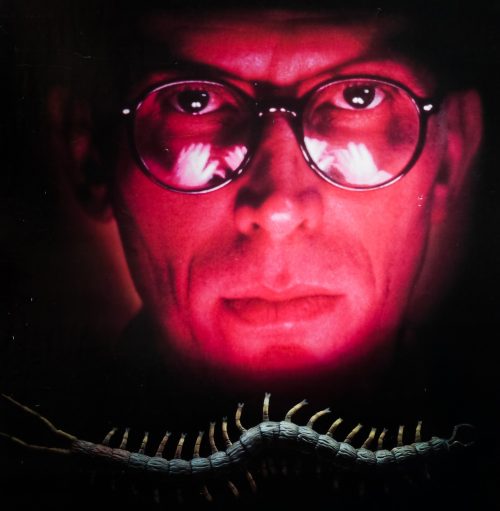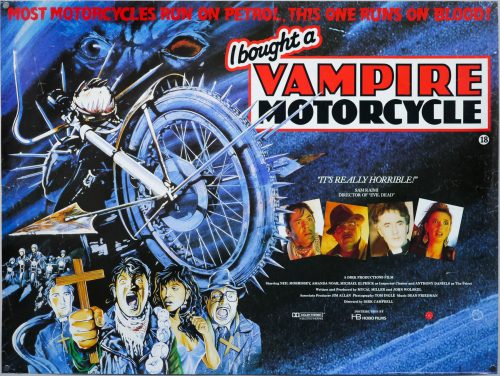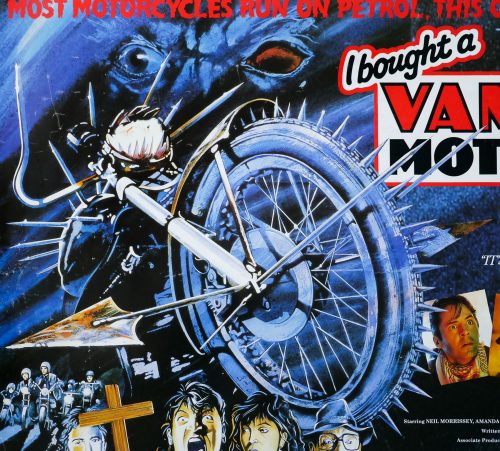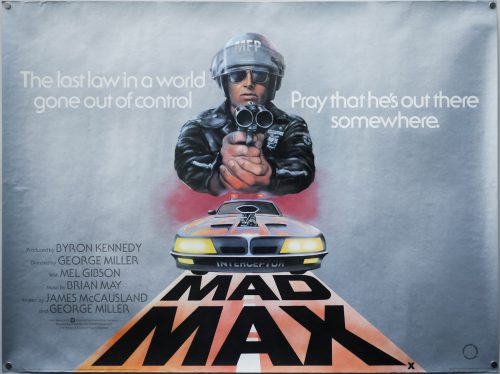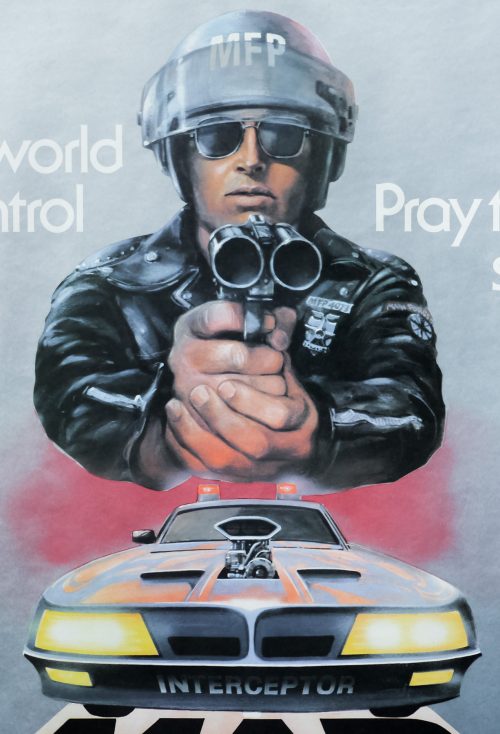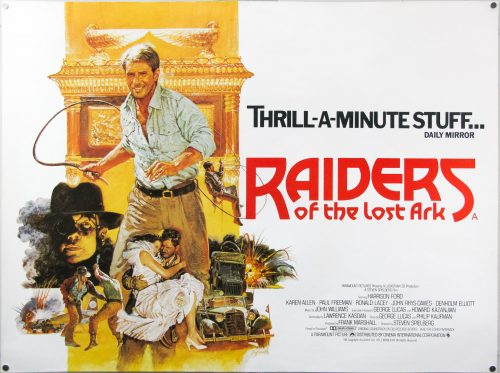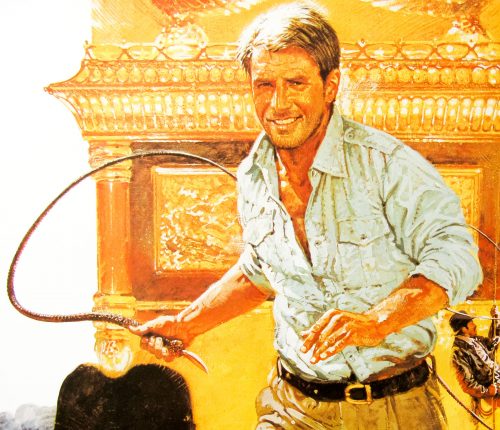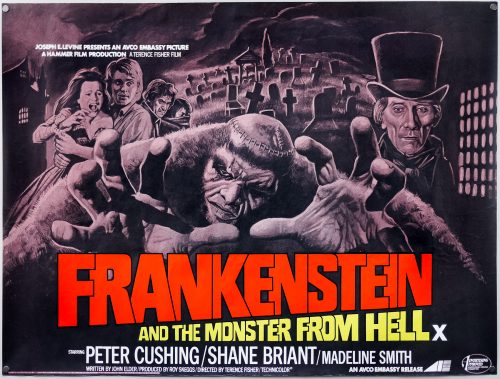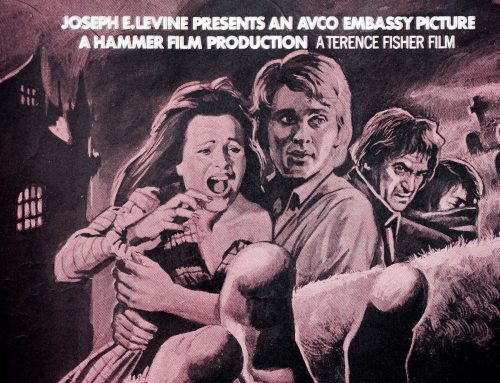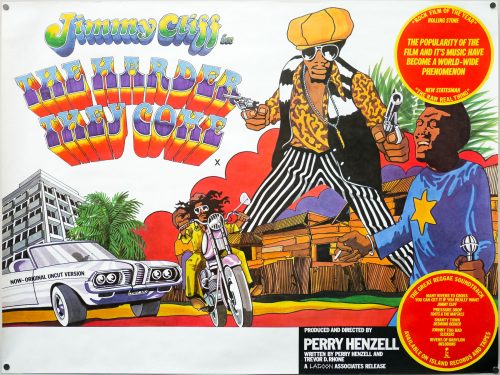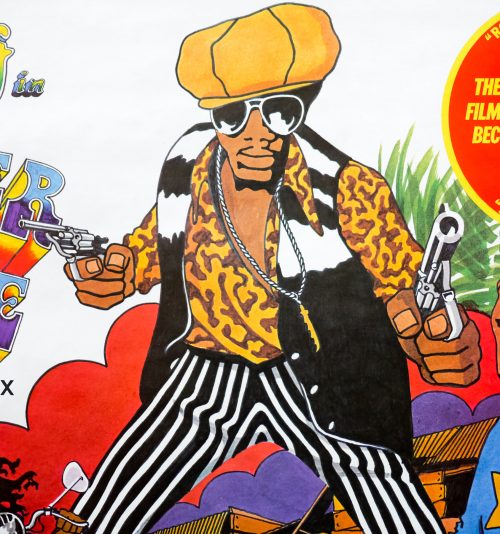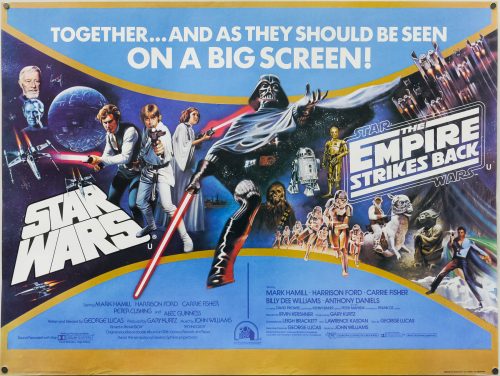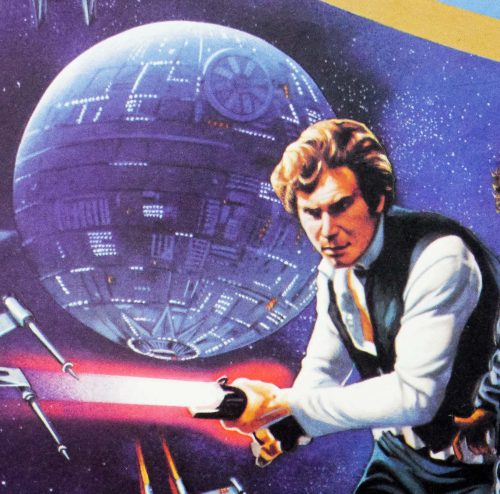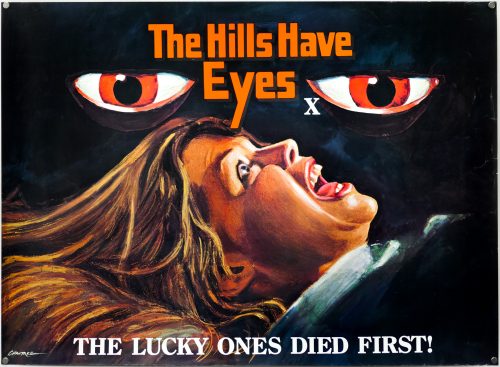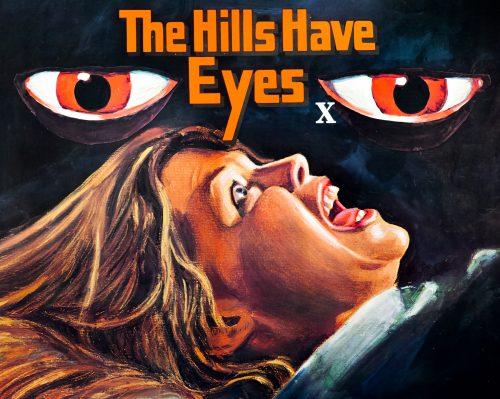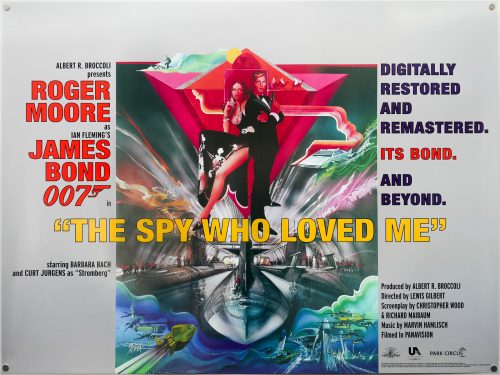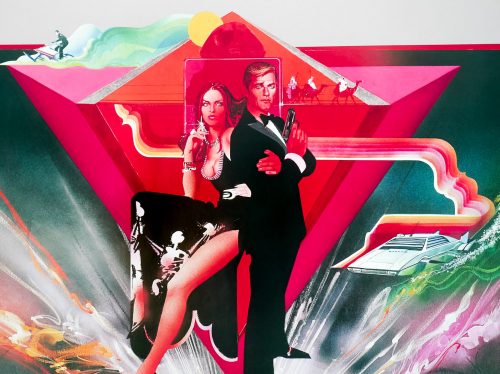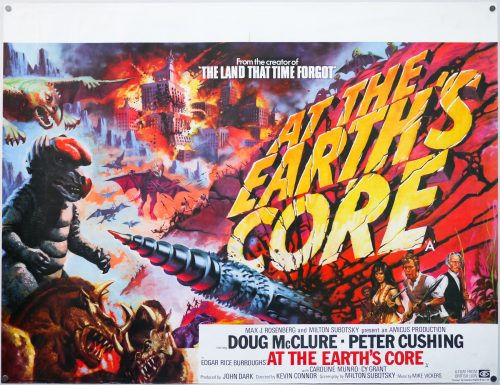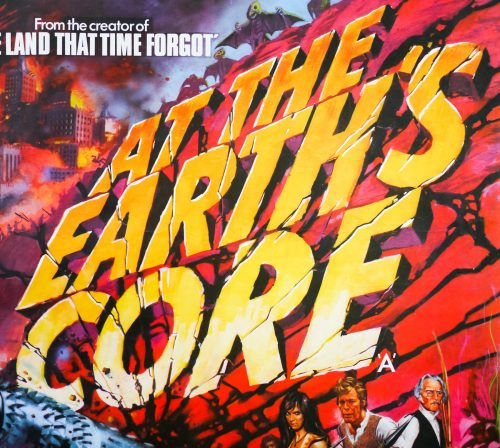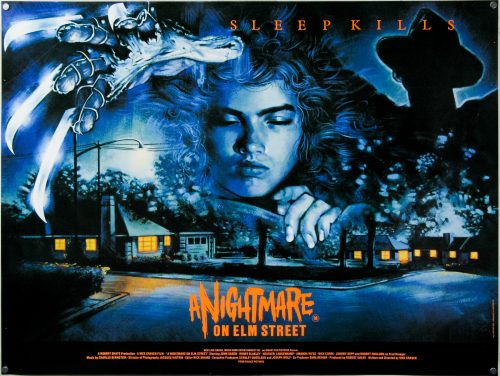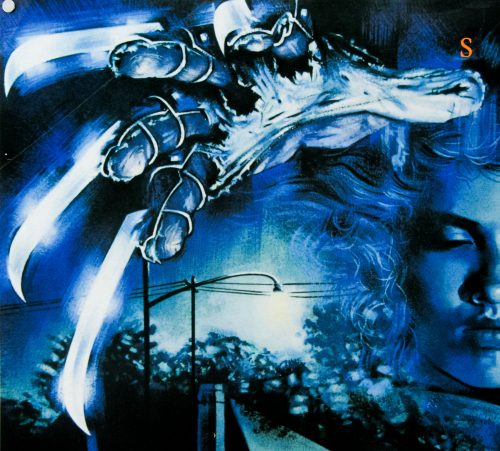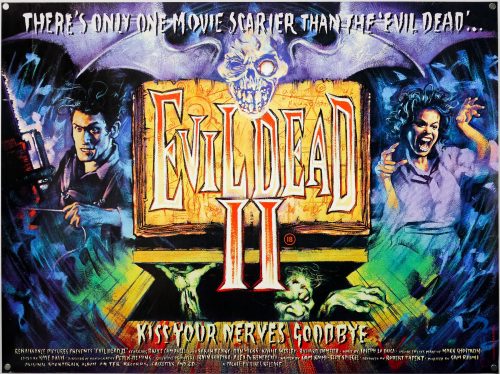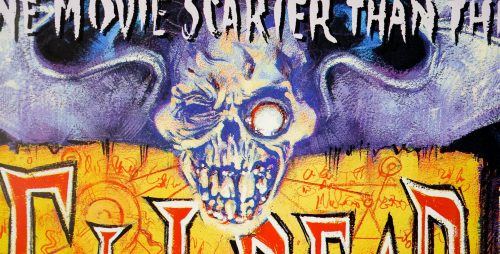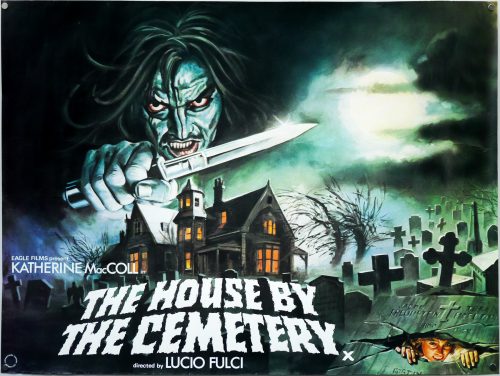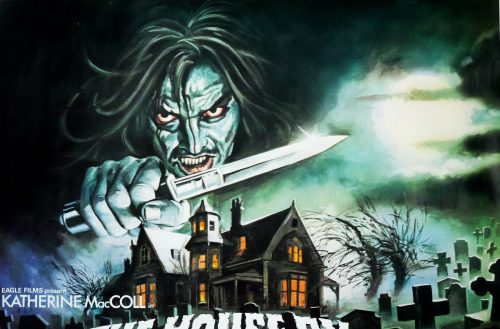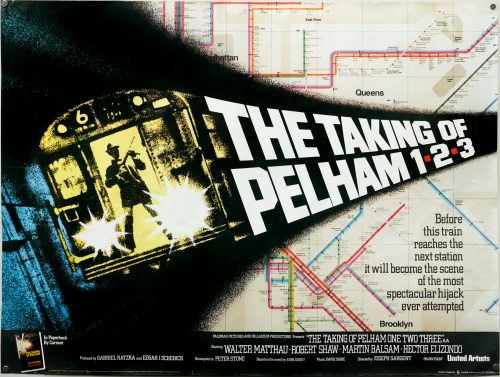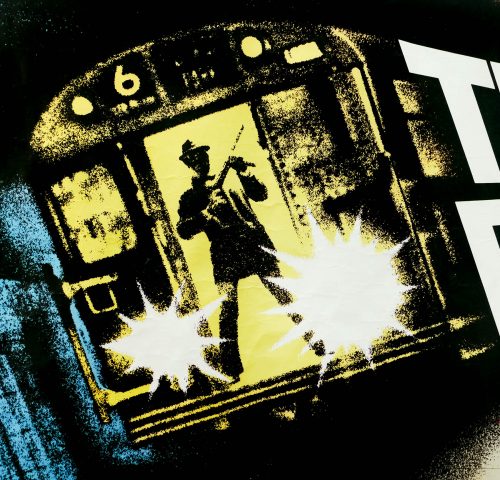- Title
- The Princess Bride
- AKA
- Princess Bride Story (Japan - English title) | La storia fantastica [The fantastic story] Italy
- Year of Film
- 1987
- Director
- Rob Reiner
- Starring
- Cary Elwes, Robin Wright, Mandy Patinkin, Chris Sarandon, André the Giant, Christopher Guest, Peter Falk, Fred Savage, Wallace Shawn, Billy Crystal, Carol Kane
- Origin of Film
- USA
- Genre(s) of Film
- Cary Elwes, Robin Wright, Mandy Patinkin, Chris Sarandon, André the Giant, Christopher Guest, Peter Falk, Fred Savage, Wallace Shawn, Billy Crystal, Carol Kane,
- Type of Poster
- Quad
- Style of Poster
- --
- Origin of Poster
- UK
- Year of Poster
- 1988
- Designer
- Hat Art Ltd.
- Artist
- Steve Crisp
- Size (inches)
- 30" x 39 15/16"
- SS or DS
- SS
- NSS #
- --
- Tagline
- Heroes. Giants. Villains. Wizards. True Love. Not just your basic, average, everyday, ordinary, run-of-the-mill, ho-hum fairy tale.
This is the UK quad for the 1987 fantasy-adventure film The Princess Bride, featuring artwork unique to the British advertising campaign. Helmed by actor-director Rob Reiner, who was also behind the 80s classics This is Spinal Tap and Stand By Me, the film is based on the 1973 book by legendary author, playwright and screenwriter William Goldman (who also adapted the screenplay). The main story is framed by present day scenes in which an old grandfather (Peter Falk) reads a book to his Nintendo-playing grandson, who is suspicious of being read an old dusty book at first but soon gets into the story.
Ostensibly a classic fairy tale adventure, the film is based in the Renaissance-era fictional country of Florin in which a beautiful princess named Buttercup (Robin Wright) is set to marry the odious Prince Humperdinck (Chris Sarandon). One day she is kidnapped by a oddly-matched trio of petty criminals, including diminutive gang boss Vizzini (Wallace Shawn), Spanish master fencer Inigo Montoya (Mandy Patinkin) and the giant Fezzik (legendary wrestler André the Giant) who have been hired to start a war between two nations by killing Buttercup and leaving her body on the shore of rival country Guilder.
The trio haven’t counted on the actions of the mysterious Dread Pirate Roberts (Cary Elwes) who pursues them across the sea, eventually freeing Buttercup from the gang. Buttercup discovers that the pirate is in fact her long lost love Westley who disappeared five years earlier whilst on a voyage. Before long, Humperdinck and his nefarious, six-fingered sidekick Count Rugen (Christopher Guest) catches up with the lovers and promises Buttercup that he’ll let Westley go if she’ll return to Florin and marry him. She reluctantly agrees but the prince doesn’t stick to his word and Rugen traps Westley in the underground ‘Pit of Despair’. It’s up to Inigo Montoya, who has a grudge to settle with Rugen, and Fezzik to free Westley and break into the prince’s castle before it’s too late.
The film has a genuinely funny script that is elevated further by some classic performances from Elwes, Patinkin and Guest, with a brilliant cameo from Billy Crystal. It has a pitch-perfect mix of non-cheesy romance, with exciting action and adventure, including an epic swordfight atop a cliff. The Princess Bride has been embraced by generations of film fans and continues to be loved by audiences of all ages, with several of the most quoted lines entering the cultural lexicon.
The design of the poster is credited (in the bottom right) to a company called Hat Art Ltd about whom I’ve been able to discover next to nothing, so if anyone has any information about them please get in touch. The artwork bears a signature of ‘Crisp’, which is short for the British artist Steve Crisp. According to the artist’s profile on a now defunct art website, Crisp was born in Kent in 1955 and started painting as early as 5 years old. He studied at the noted St Martins School of Art in London in the 70s and for the past 30 years has worked on book covers for the likes of Stephen King (11 in total), Ray Bradbury and James Herbert, as well as film posters like this one and home video covers for films like Mad Max.
He’s also noted for his work on illustrated jigsaws and the Jigsaw Junkies website interviewed him in 2016. The resultant article can be read here.
